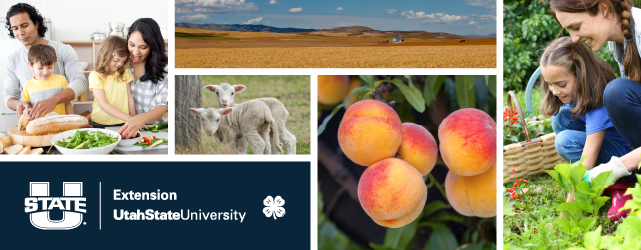
All Current Publications
Document Type
Factsheet
Publisher
Utah State University Extension
Publication Date
9-26-2025
First Page
1
Last Page
9
Abstract
In the western United States, decades of wildfire suppression and grazing have led to changes in the amount and type of wildland fuels. In many lower montane forests, fuels such as logs, dead trees, and fallen leaves have accumulated. In many sagebrush-dominated rangelands, annual grasses have invaded, and pinyon pine and juniper woodlands have encroached. These areas now threaten to burn at uncharacteristically high fire severity, a metric based on how much vegetation is killed. Climate change and rapid population growth have exacerbated this issue in Utah, increasing the threat wildfire poses to the state’s communities, infrastructure, and ecosystems. Fuel treatments have been shown to effectively lower fire severity and can reduce wildfire risk in Utah’s wildland-urban interface (WUI), where flammable wildlands border homes and buildings. Here, we review common impacts and risks of wildfire, the current state of fuel treatments in Utah, and how homeowners can protect their property.
Recommended Citation
Dutson, L., Becker, K., Stemmler, K., Washa, J. B., Yocom, L. L., Chandrasekaran, A., Birch, J. D., & Hotaling, S. (2025). Creating wildfire-resilient communities in Utah: Fuel treatments in the wildland-urban interface [Fact sheet]. Utah State University Extension.

